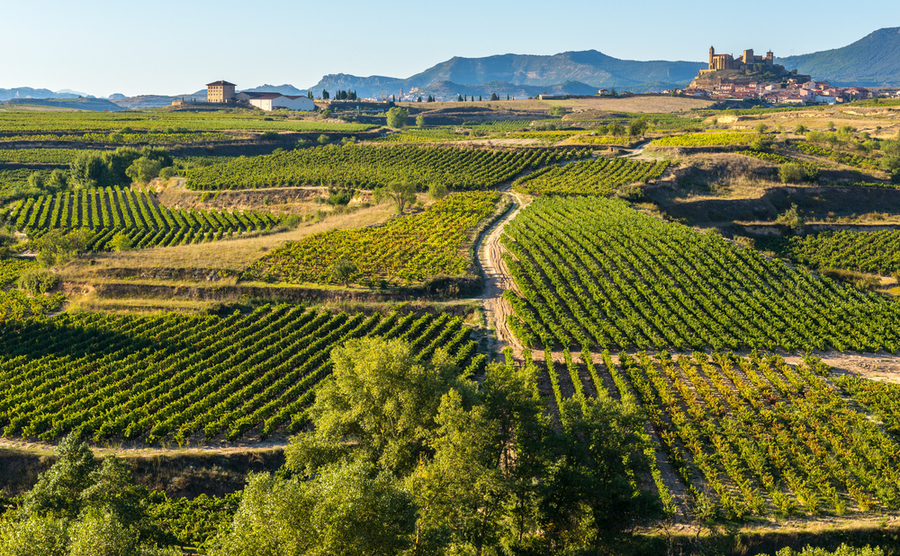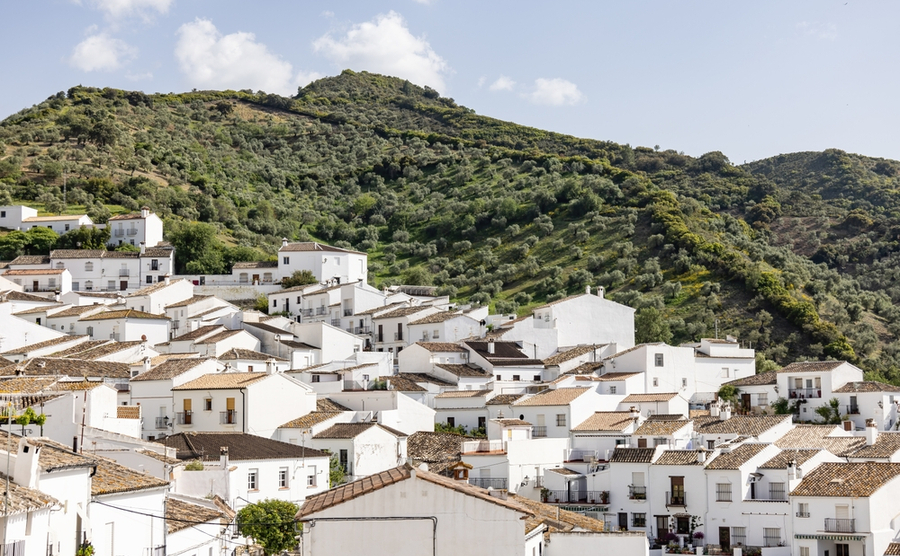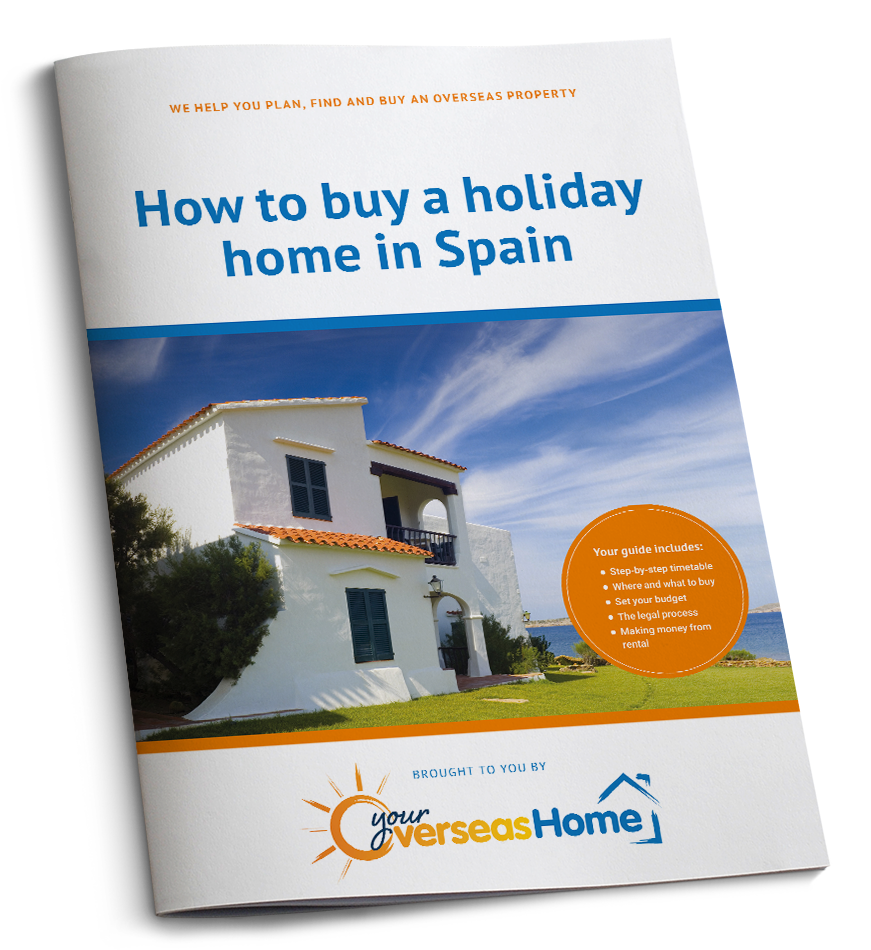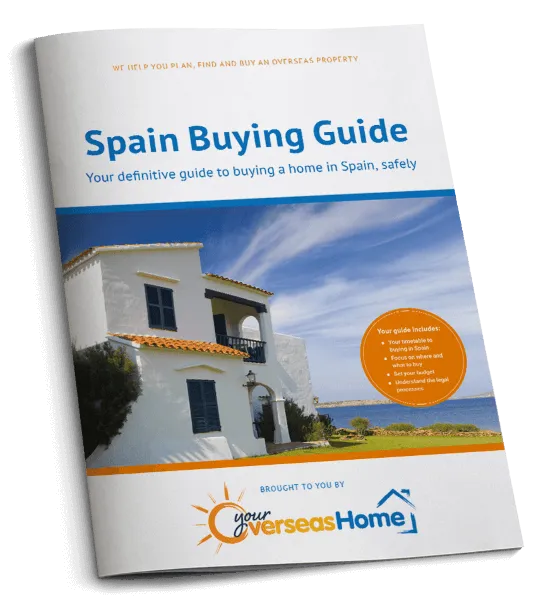Following two years of uncertainty, lockdowns and vaccinations due to the pandemic, Spain’s property market is booming. Buyers are heading for the countryside, swapping city apartments for spacious rural homes, both for second properties and main residences. But where should you buy property in rural Spain, and why?
Traditional country houses have different names across the country. In Catalonia (which is fast becoming a hotspot for rural property), they are known as masias, whereas in Andalusia and other parts of Spain, they are called fincas and cortijos. Regardless of their name, they are now sought after by both national and international buyers.
In the first three months of 2022, 43,000 properties in the countryside were sold – we have to go back to 2007 to see a similar level of interest in rural homes in Spain.
For many people, having spent most of the past couple of years confined to an apartment, the idea of a home surrounded by nature, where you can wander with your dog or cycle along ancient paths, has become a necessity rather than a dream. Once sad-looking windmills or farmhouses are being revamped and given new life by an army of buyers seeking rural calm.
Find homes in Spain via our property portal.
The benefits of living in rural Spain
Unspoiled nature, vineyards, almond and olive groves, ancient trees, gently flowing rivers and streams, beautiful vistas, infinite space and a slower pace of life are some of the main reasons for buying inland rather than on the busy coasts.
Since many people work remotely these days, enjoying the peace of the countryside while earning a living is a serious draw. Traditional rural houses often come with outbuildings with space to set up a decent home office rather than using a spare bedroom or fitting in a desk here or there, and the house itself should be big enough to devote a room entirely to office space.
Buying in the country close to a town is ideal. You will have all the amenities you need a short drive away but spend most of your time in tranquillity with few cars to disturb you. Do consider what the location is like in the winter, though. Up a mountain might cause mobility problems and being too close to water could make you liable to flooding.
Interestingly, some international buyers are purchasing small hamlets and villages as whole entities to create a tailormade retreat. Councils are particularly happy to encourage this type of purchase and are making planning and other administrative necessities comparatively easy to negotiate. A word of advice though, in the more sought-after rural areas, planning consent can be slow and difficult.

Vineyards in rural Spain
The disadvantages of living in rural Spain
As we’ve seen, there are many advantages to living in the countryside, but there are a few downsides too.
Public transport in rural districts varies throughout the country. Generally, a bus will go to the nearest town rather than to individual villages. Therefore, you will likely need a car.
You will find delivery services less frequent too. The postman will not deliver as often as they do in cities and towns, so you will have to visit the post office more often.
You may also find it trickier to get cash. Spain has lost around 22,000 ATMs since 2019 and the areas that are worst affected are rural ones with low population density. This means that you might have to travel several kilometres to find your nearest cash machine. The good news is that Correos, the Spanish Post Office, has struck deals with several banks and plans to install 300 new ATMs in rural areas. This will go some way to ease the problem but depending on where you choose to buy, being able to get cash on your doorstep may not be possible.
While on the coast and in the larger towns and cities most people will speak some English, this is not true in rural Spain. You will need to have basic Spanish at the very minimum to converse with local people, your neighbours and the bar owner. There are many online courses you can use if you don’t want to attend actual classes – Rosetta Stone, Duolingo and Rocket languages to name a few.
Lastly, Wi-Fi may not be as fast or reliable as it is in municipal areas.
Where to buy in inland Spain
Northern Catalonia
The area around the province of Girona is becoming increasingly popular. Being close to Barcelona and the French border, it is easily accessible for both Catalans and international buyers. People coming from the UK, the Netherlands and other northern European countries who drive to Spain, can have a second home in Spain just an hour or so over from France.
Girona Costa Brava International Airport serves several Europe and UK destinations, whilst Barcelona El Prat airport is about 1 hour 40 minutes away. For those who will live there permanently, communications are excellent, and the stunning Costa Brava is never very far away.

Medieval city of Girona
Inland is a landscape of gentle hills, vineyards, olive trees, rice fields and ancient stone villages. The climate is temperate with warm summers and mild winters, but you can enjoy all four seasons here. It doesn’t suffer from the extreme weather other areas of Spain endure. The Pyrenees are within 90 minutes’ drive, with skiing in the winter and hiking, canoeing and other activities in the summer.
Property is more expensive than in some other parts of Spain, but you can still find property inland at reasonable prices.
Valencian Community
Inland in this region is generally affordable and is surrounded by almond and orange groves and vineyards. Most rural locations are within easy reach of towns and Valencia city with its international airport. The province of Castellon offers particularly good prices and a varied landscape with the mountains of Sierra Engarceran.
Never very far from the coast, the area is becoming more developed. As well as traditional homes, there are some new properties that blend well into the landscape. Castellon airport serves several UK and European destinations.
While Castellon itself is getting very built up, the inland areas remain unspoilt and you can find small villages or rural urbanisations close to the smaller towns. In a way, this is the best of both worlds and generally ideal for those on a budget. Property styles are very varied so why not spend time there looking around to discover this attractive area of Spain?
Rural Andalusia
Andalusia is a very large region with a long coastline, mountains and beautiful cities. It is also the land of white villages, including many that are not on the tourist circuit. The region has a wealth of rural houses ranging from grand cortijos to small village homes. The further from the coast you go, the lower the prices, but some locations are very sought after, so property won’t always be cheap.
The nearest airport is Jerez La Frontera, about 45 minutes from the city of Cádiz itself. Ryanair and BA (Vueling) fly there from the UK.

Village of Zahara de la Sierra in Cadiz, Andalusia
Inland from Cádiz is a fascinating area. White villages with the typical Andalusian appeal, winding streets lined by smart houses and balconies full of bright geraniums. The region has 300 hiking routes passing rivers, canyons and mountains. Living close to the Sierra de Grazalema Natural Park would be ideal for people who want to enjoy nature at its best and with a guaranteed 300 days of sunshine, this underrated part of Spain is well worth considering for a home in the countryside.
Rural locations offer better property prices, but there are some which are seriously expensive – Sotogrande, for one. There are a wide range of styles to choose from and the property tends to be traditional. It is a land to explore, and you will not regret spending time there while searching for a country home.











